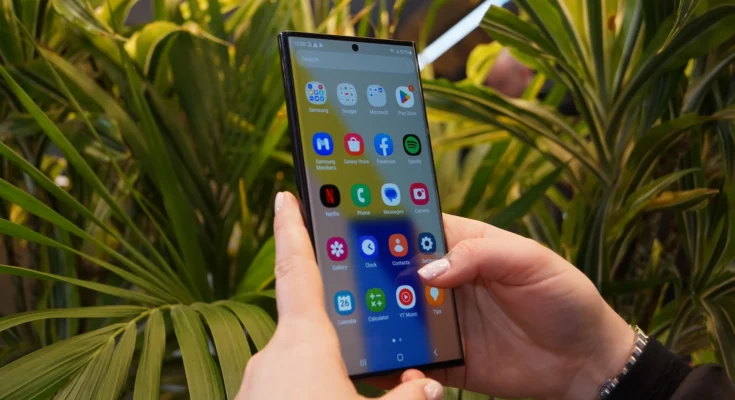As an AI language model, I can provide some insights into what the smartphone trend may look like in 2023 based on current industry trends and projections. Here are some possible trends that we could see:
- 5G adoption: By 2023, 5G networks are expected to be more widely available, and we could see more smartphone manufacturers offering 5G-capable devices. This could lead to faster internet speeds, improved network connectivity, and new use cases for mobile technology.
- Foldable displays: Foldable smartphones have already started to gain popularity, and by 2023, we could see more manufacturers offering devices with this feature. This could lead to new possibilities for multitasking and productivity on mobile devices.
- Increased focus on privacy and security: With growing concerns about data privacy and security, smartphone manufacturers are likely to prioritize these issues in their products. This could lead to new features, such as enhanced biometric authentication and privacy controls.
- More powerful cameras: Smartphone cameras have become increasingly important to consumers, and we could see even more improvements in this area in 2023. This could include higher resolution sensors, better low-light performance, and improved artificial intelligence-powered features for photo and video processing.
- Continued rise of AI-powered features: As artificial intelligence and machine learning continue to advance, we could see more smartphone features and functions powered by these technologies. This could include improved voice assistants, smarter predictive typing, and more personalized user experiences.
Of course, these are just predictions, and it’s impossible to say for certain what the smartphone trend will be in 2023. However, based on current industry trends and projections, these are some of the possibilities we could see.
how to compare smartphone better for me?
When comparing smartphones, there are several factors that you may want to consider to determine which device is better suited for your needs. Here are some key factors to consider:
- Operating system: The two primary operating systems for smartphones are iOS (Apple) and Android (Google). Each has its own strengths and weaknesses, so you should choose the one that you prefer based on your personal preferences and needs.
- Screen size and resolution: Consider the size and resolution of the screen, as this will impact the device’s usability, portability, and overall viewing experience. Larger screens are generally better for browsing the web or watching videos, while smaller screens are more portable.
- Camera quality: If you plan to take a lot of photos or videos with your smartphone, consider the quality of the camera. Look for devices with high-resolution sensors, good low-light performance, and other features such as optical image stabilization and advanced AI-powered camera software.
- Battery life: Battery life is an important consideration if you plan to use your smartphone heavily throughout the day. Look for devices with large battery capacities, fast charging capabilities, and energy-efficient hardware.
- Processing power: The processing power of a smartphone can impact its performance and speed. Look for devices with the latest processors and plenty of RAM to ensure that the device can handle demanding apps and multitasking.
- Storage: Consider the amount of storage available on the device, as this will impact the number of apps, photos, and other files you can store on the device. Look for devices with plenty of built-in storage or the ability to expand storage through a microSD card.
- Price: Finally, consider the price of the device, as this will impact your budget. Look for devices that offer a good balance of features and performance for your budget.
By considering these factors, you can compare smartphones and choose the one that is best suited for your needs and preferences.




